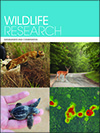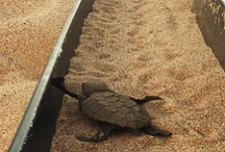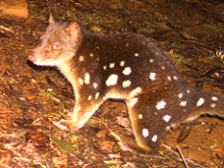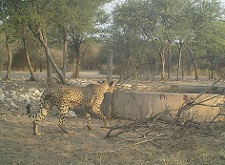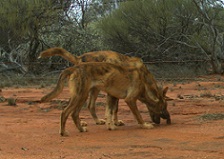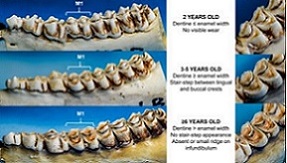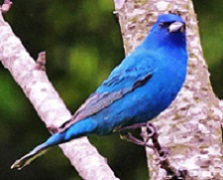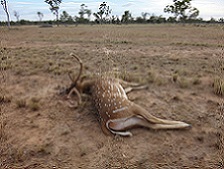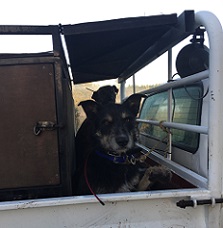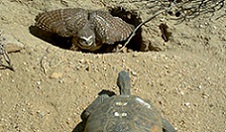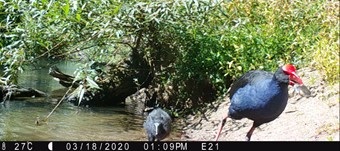
Predation is an emerging, but unexplored risk for New Zealand’s threatened freshwater mussels (kākahi). The present study aimed to identify kākahi predators and found direct evidence of consumption by native birds (purple swamphen or pūkeko, Porphyrio porphyrio melanotus). Clarifying kākahi food webs offers conservation managers valuable knowledge for planning future translocations and contributes key information for mitigating freshwater mussel declines. Photograph by Bridgette Farnworth.


